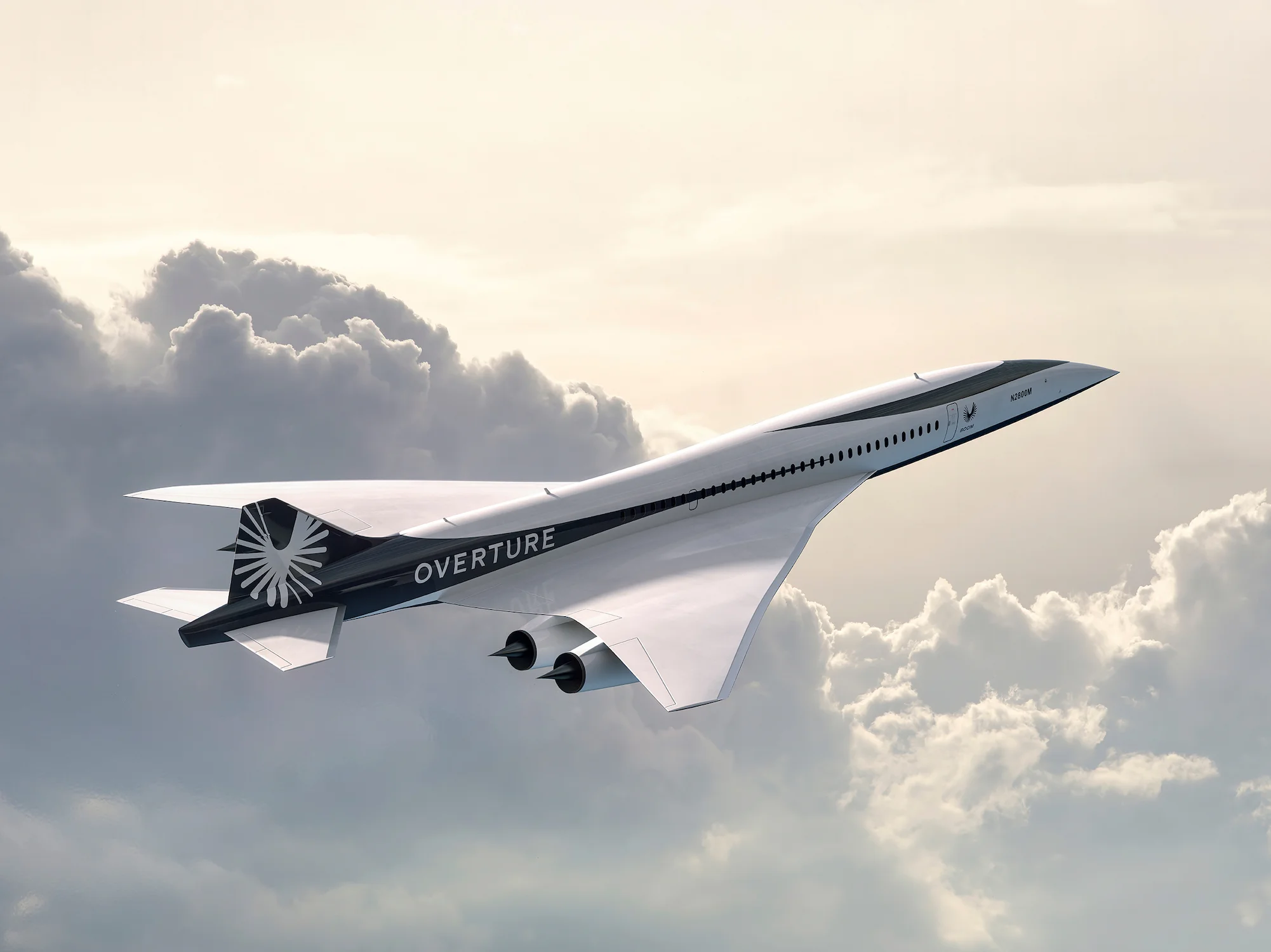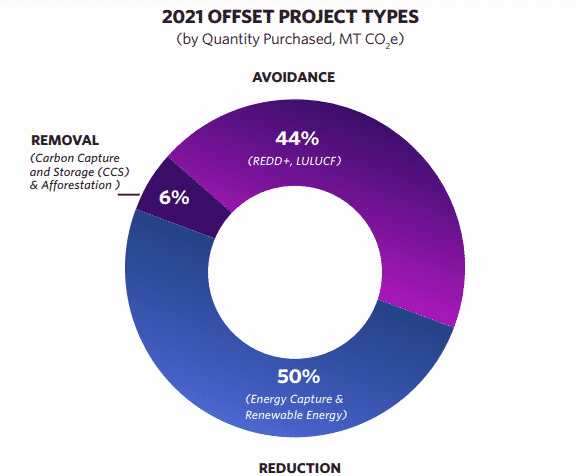Boeing, the incredibly famous aviation organization, has divulged another supersonic stream that is set to alter business air travel. The new plane, known as the “Boeing Sonic Cruiser,” should fly at paces of up to Mach 2.4, or 2.4 times the speed of sound, and abatement head-out times by up to 50 percent.
As indicated by Boeing authorities, the Sonic Cruiser will actually want to fly at an elevation of 60,000 feet, which is around 15,000 feet higher than most business carriers. This higher elevation won’t just diminish air obstruction yet will likewise offer travelers a smoother ride with less disturbance.
The Sonic Cruiser will be powered by a new generation of engines that are more fuel-efficient and emit less noise than current engines. This won’t just make the airplane all the more harmless to the ecosystem. However, it will likewise permit aircraft to decrease working expenses and lower travelers’ admissions.
Boeing is currently conversing with a few significant carriers, including Delta, Joined together, and American, to measure interest in the new supersonic stream. If all goes according to plan, the Sonic Cruiser could be in commercial service as early as 2030.
While the new aircraft offers a promising future for commercial air travel, it also comes with several challenges. One of the biggest obstacles is the regulatory approval process, as supersonic flights are currently banned over land due to the sonic booms they create. Boeing will need to work closely with regulators to address this issue and ensure the safe operation of the Sonic Cruiser.
Boeing Sonic Cruiser offers a glimpse into the future of commercial air travel with its supersonic speeds and advanced technology. While challenges are still to be overcome, the potential benefits for passengers and airlines alike make this a development worth watching.













